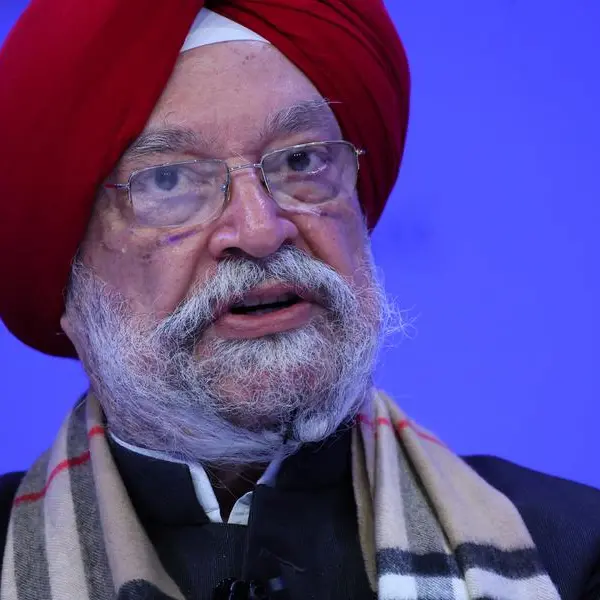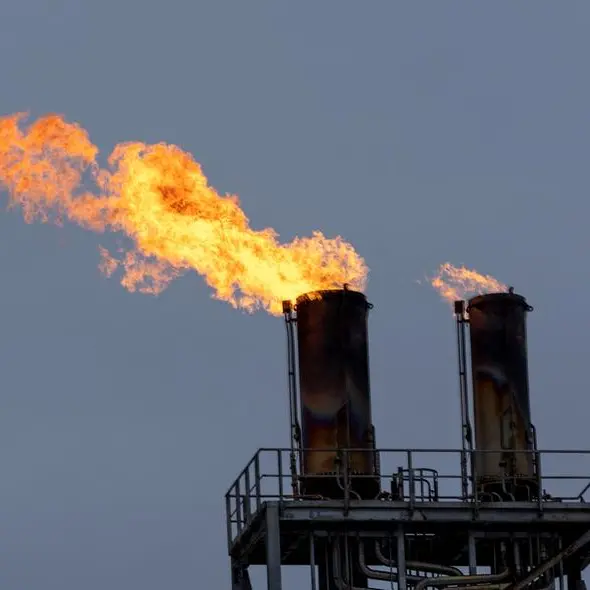PHOTO
The G7 price cap on Russian oil proposed by the US and its EU allies is not meant to target the export of Russian oil, but to stabilize the global oil market, a top official said at a regulatory event in the UAE capital.
Lana Murad, US Treasury Attache to UAE and Oman, elaborated on the price cap policy at the 14th MENA Regulatory Summit in Abu Dhabi.
“The main misconception around the proposed G7 price cap on Russian oil is that it is meant to target the export of Russian oil and to prevent the country from selling its oil. But that is not the case,” she said, adding, “actually, we have two goals with the price-cap policy, the first being, we want Russian oil to keep flowing in the market. We want energy markets to remain stable. But the price cap policy is meant to ensure that the revenue that Russia can benefit from is capped at a specific level.”
In early September, the US Department of the Treasury’s Assistant Secretary for Terrorist Financing and Financial Crimes Elizabeth Rosenberg and Assistant Secretary for Economic Policy Ben Harris held a briefing on the finalisation and implementation of the G7 price cap on Russian oil.
“The price cap policy is an important tool to put downward pressure on global energy prices by allowing Russian oil to continue flowing to the global markets. That’s good for countering inflation,” Rosenberg had said.
Further explaining the impact of the price cap policy on international markets, Murad said the initiative will allow G7 and EU firms, which control almost 90% of the oil services market, to provide services related to the maritime transport of Russian oil while it is priced below the cap.
However, firms providing industry services such as insurance, banking and brokering of the seaborne shipment of Russian oil and products globally, will refrain from providing these services, if the oil is priced above the cap.
The Office of Foreign Assets Control (OFAC) of the US Department of Treasury has released the preliminary guidance around price cap policy.
“There will be full, detailed policy guidance coming out soon,” Murad said.
In the first week of October, OPEC+ agreed to impose intense output cuts, seeking to trigger a recover in oil prices despite US pressure to pump more.
(Writing by Anoop Menon; editing by Seban Scaria)























